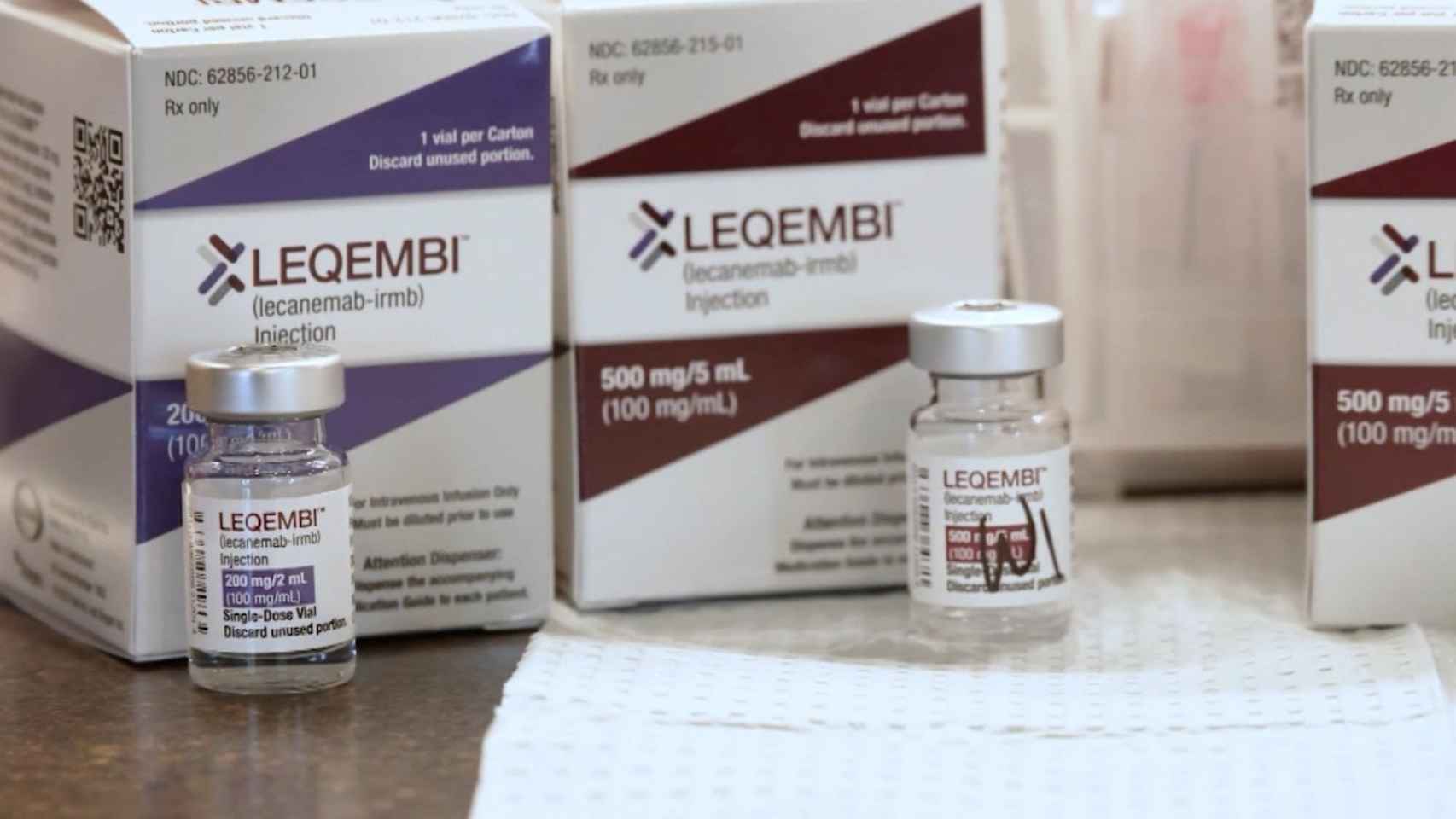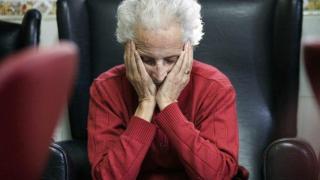Europe’s first Alzheimer’s drug in decades will “only” serve 20,000 patients in Spain.

If an estimated 800,000 people suffer from Alzheimer’s disease in Spain, the first drug to show some effectiveness in slowing the disease will only reach about 20,000: one patient in fifty.
This figure is only an estimate. The reality is that we don’t know how many people suffer from this disease in Spain, much less how many of them have it in early forms, since that’s who Lekembi is targeting.
“We don’t have a registry of Alzheimer’s patients, so we don’t know how many people actually have it,” he laments. Michael MedinaDeputy Scientific Director of the Network Biomedical Research Center for Neurodegenerative Diseases (Ciberned).
“In practice, it is assumed that this population will decrease by 2%, 2.5% of all patients who can be treated, about 20,000 patients in Spain.. But there will be practical difficulties that the system will have to cope with.”
Coordinator of the Study Group on Behavior and Dementia of the Spanish Society of Neurology, Raquel Sanchez del Valleexplains that this figure may be higher “as a third of Alzheimer’s patients are in the early phase of the disease”, but early usage data coming from the US (which has been using it since early 2023) indicates that only from 6 % up to 8% of these patients are initially treated “either because they have contraindications, because they do not want to be treated, or because of complications of therapy.”

Last summer, the European Medicines Agency changed its decision not to support the drug’s registration after reviewing data provided by the companies that developed it, Eisai and Biogen, on a subgroup of patients in a clinical trial they submitted for approval.
There were 1,521 patients with one or no copy of ApoE4, a variant of the ApoE gene that has been associated with a high number of serious adverse events in clinical trials. Hence The final approval excluded patients carrying two copies of the gene..
In the selected population, after a year and a half, there was a slower rate of deterioration in those who received the drug compared with those who received placebo. Measuring this deterioration on a scale of 0 to 18 points, it increased by 1.22 points in the Lekembi group compared to 1.75 in the placebo group.
The improvement provided by the drug is not spectacular, but it is the first drug to achieve this effect. The problem is that, given the possible side effects, the benefit-risk ratio was not so clear.
Of greatest concern to EMA experts were so-called amyloid-related imaging abnormalities, or ARIAs, which can include swelling and possible brain hemorrhages.
In patients taking Lekembi (the active ingredient is lecanemab), these adverse reactions were observed in 12.9%, while in patients with zero or one copy of the ApoE4 gene they were reduced to 8.9%.
“The early data from U.S. use tells us that there has been no increase in side effects in real life, which is concerning,” Medina admits.
One of the main difficulties in prescribing treatment in Spain is the late diagnosis. First, “because of the social stigma associated with Alzheimer’s disease,” which makes people and their families reluctant to recognize its early signs.
Later, because “there is confusion with other indications, making them difficult to recognize at the primary care level.” In addition, the diagnostic process in a specialist’s office is slow and takes months.
David Perezhead of the neurology department at the 12 October Hospital and La Luz Hospital, explains that, in addition, the presence of beta-amyloid plaques must be confirmed with an imaging test (PET) or cerebrospinal fluid analysis.
Determining the ApoE4 gene “is not difficult and is done with a simple blood test. I don’t think this is a significant obstacle.”
This therapy is not for everyone
Both he and Medina agree that the boundaries between the early stages of Alzheimer’s disease and later stages entail “some ambiguity and in some cases there may be doubt.”
However, Perez continues, “this is a therapy that is not for everyone. Not everyone will probably agree to participate in it.“due to the possibility of associated side effects.
Miguel Medina points to other difficulties. The patient must undergo regular MRI scans to monitor ARI, and “in some rural areas, access is not as easy.” The same thing happens with treatment, which is carried out by infusion (drip) in day hospitals and not all centers have it.
Treatment for this disease is similar to that for cancer: regular imaging tests and visits to the day hospital to receive medications. The question is, is the system capable of caring for these 20,000 new patients?
“This needs to be taken into account, these practical aspects worry neurologists: in large hospitals there are no problems, but in smaller ones they may arise.”
Raquel Sánchez de Valle recalls that since the drug has been approved by the European Commission (the next step after approval by the Medicines Agency), financing negotiations take place in Spain, which takes several months.
Like his colleagues, he believes that our country “needs to change patient care pathways so that they get to specialized consultations earlier and confirm the presence of amyloid in the brain, which is not done throughout Spain.”
There is a risk that these differences, in addition to its high price (it is estimated that it could cost around 25,000 euros per person per year), will contribute to unequal access to the drug in our country.
For Jesus RodrigoExecutive Director of the Spanish Confederation of Alzheimer’s Disease (Ceafa), this is a very pressing issue. “In the 21st century, the familiar refrain that it all depends on the postcode you live in cannot continue to be challenged.”
That is why he believes that “there are no excuses.” “We hope the administration will live up to its commitment to ensuring the right to treatment for people who receive it from health care providers.”
And he warns: “If this is not the case, Cheafa will remain vigilant and report on situations that may arise until this medicine (and other new medicines yet to arrive) are made available to people on equal terms in all territories State”.
